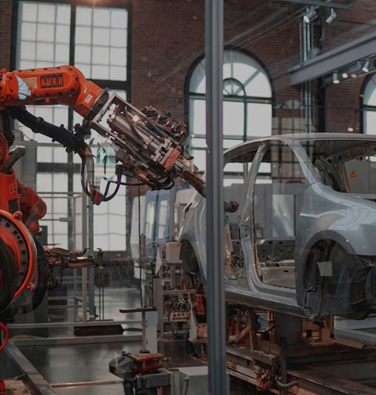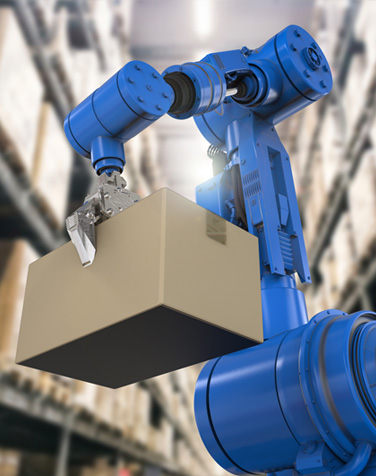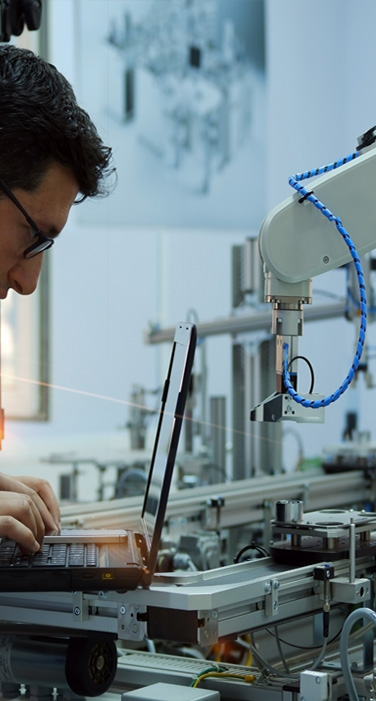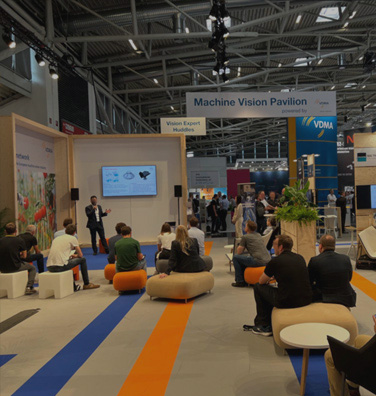With many years of experience as an agent for automation products and extensive expertise in various industrial sectors, our company has established a strong reputation in the market. We have a broad and reliable commercial network across European industries, particularly in German-speaking regions. Our team consists of seasoned professionals dedicated to delivering exceptional service to our clients.
Sogoo Technology provides European strategic consulting services for domestic enterprises, aiming to expand their business scope and drive sales growth. We help align product portfolios, develop new service business models, professionalize sales organizations, and optimize cost structures. Through tailored strategic planning that suits your company’s needs, we are fully committed to helping domestic enterprises strengthen their presence in the European market.
Whether your company is an established enterprise or a startup, we can help you find the right solution for your products. Our German team has gained extensive product knowledge through hands-on project experience, giving us a broad industry perspective. We support your product's market entry in Germany and Europe by building sales channels, establishing product positioning, implementing sales promotion plans, managing warehousing and logistics, and more. We offer the most effective solutions tailored to your business needs.
Manufacturing Products to Go Global
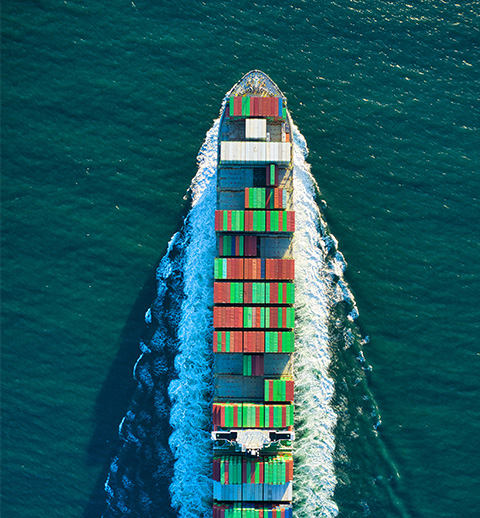
Quality for European Clients

Expansion for Chinese Enterprises

Opportunities for Chinese Enterprises

If you have any questions about our business or services, or if you are interested in collaborating, please feel free to contact us. Thank you for choosing our services!



